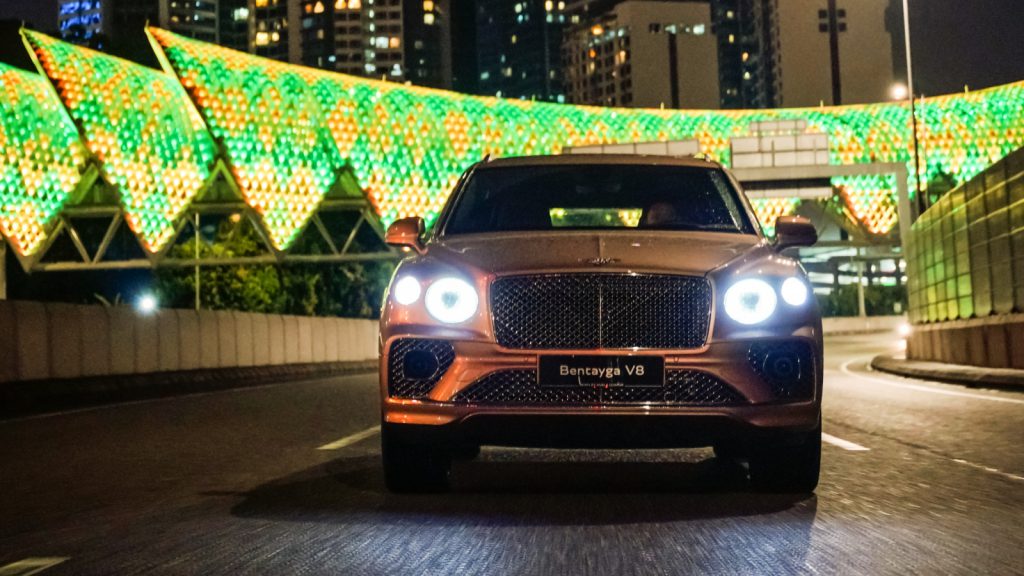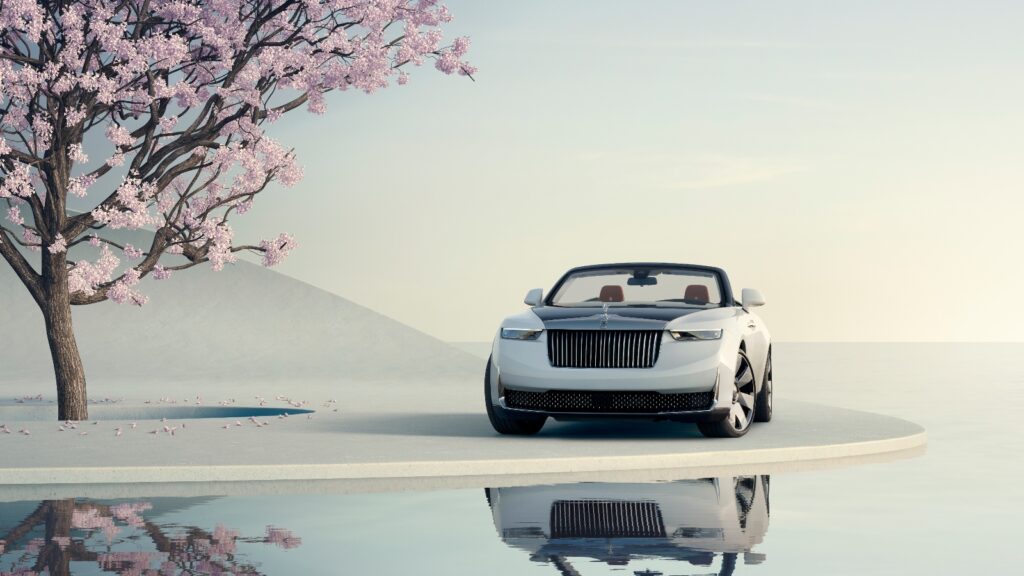The Bentley Bentayga was first revealed at Frankfurt in 2015. It was not just the British luxury automaker’s first SUV. It was also the first of the ultra-premium SUVs which was intended as a core product for an established marque. Its ensuing success was unquestionable and today, the Bentaya accounts for some 45 percent of Bentley’s sales – and with over 20,000 units sold thus far – is also the fastest-selling model in the brand’s history.
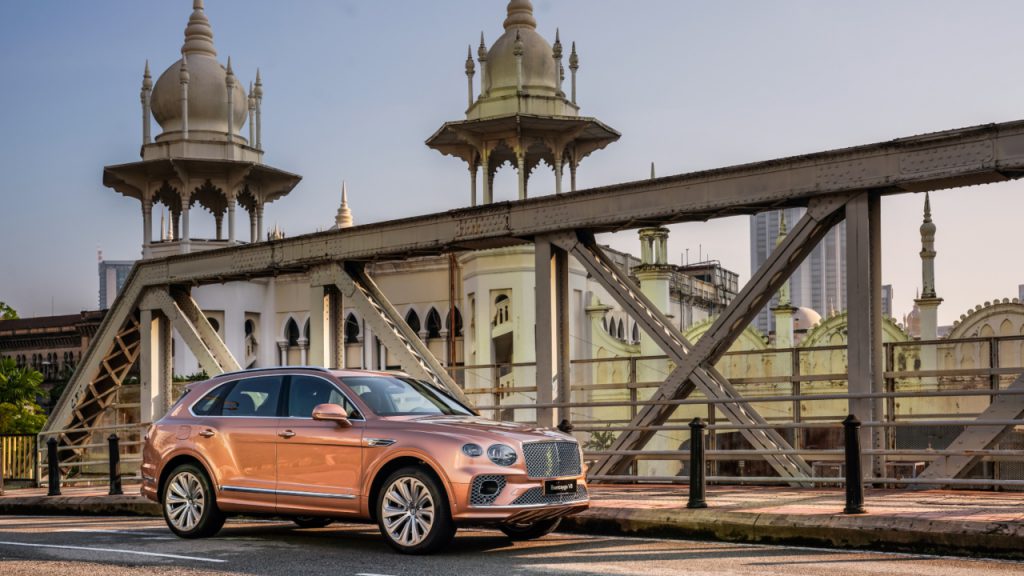
Five years is a long time in automobile design, and the landscape has changed, with several other well-known brands making forays into this segment. The Bentayga still stands out, however – curiously, by not trying to stand out too much. It never attempted to redefine or push the envelope of what was considered an SUV, it just aimed to be a very good one – a large, versatile, five-door family vehicle that just happened to have Bentley’s signature luxury and performance thrown in.
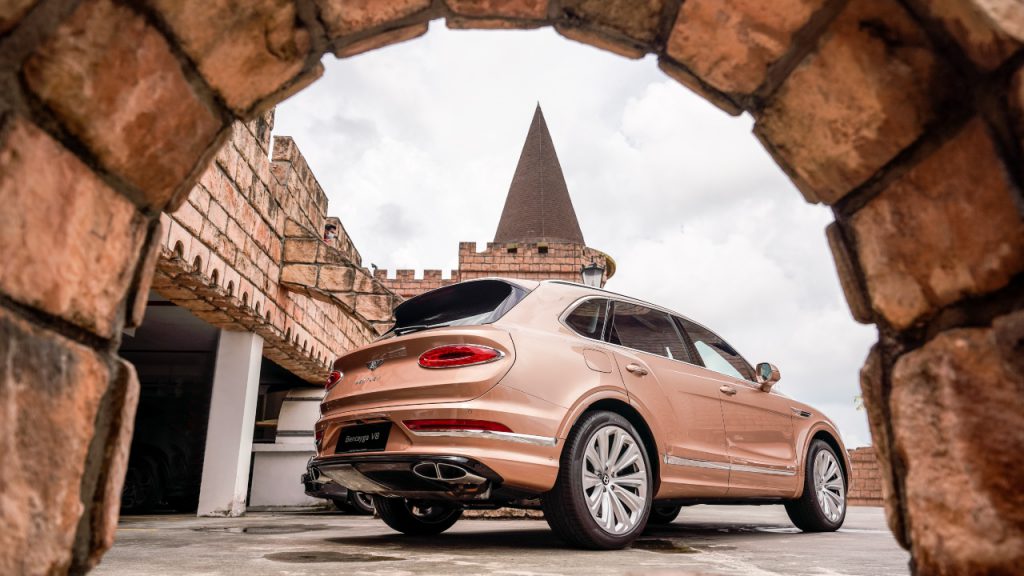
Five years is also about the right time for a change-up, and now there is one with the new Bentayga (from RM 743,900 before duties, taxes and registration). Bentley has barely changed the underlying formula, which is a good thing given how well it was received, but at the same time the new introductions make this update more significant than the typical refresh.
READ MORE: The Bentley Bentayga Speed Is The Most Powerful SUV From The Automaker Yet
The changes that most affect the ownership experience are to do with technology and the user interface – five years is an even longer time when it comes the breakneck pace of consumer tech. The instrument cluster is now completely electronic, wireless Apple Carplay is now standard, and Android Auto has been introduced for the first time. The central touchscreen is larger at 10.9 inches and is more responsive. USB charging ports are now all over the place in both front and rear, and there is a wireless phone charger with signal booster in the centre console. The car itself is also better connected, with its own SIM for real-time traffic information and over-the-air updates. There are a few other minor but thoughtful interior tweaks, such as the rear seat positioning which gives up to 100 mm more leg room, or more perforations on the seat upholstery to enhance the active seat ventilation.
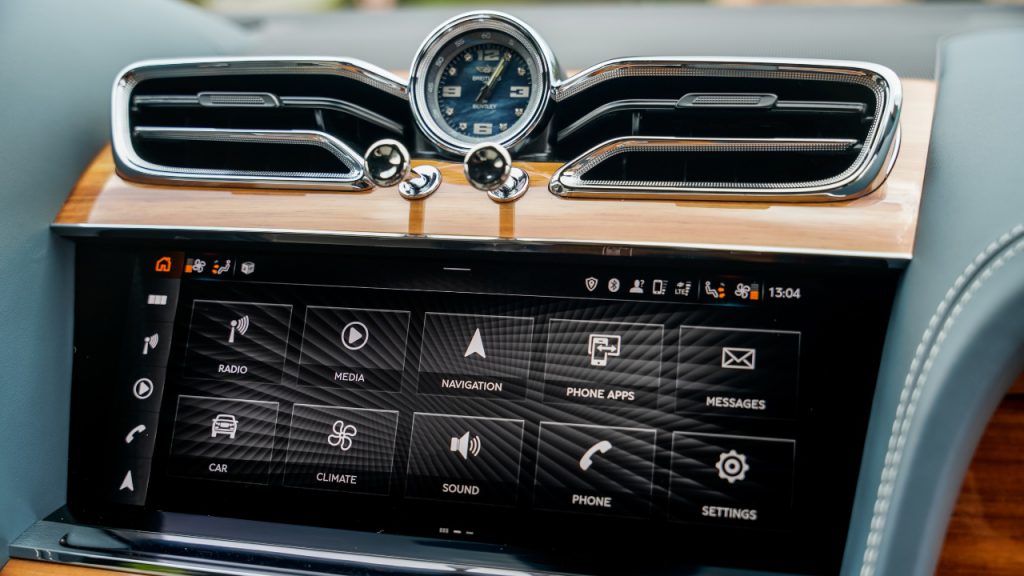
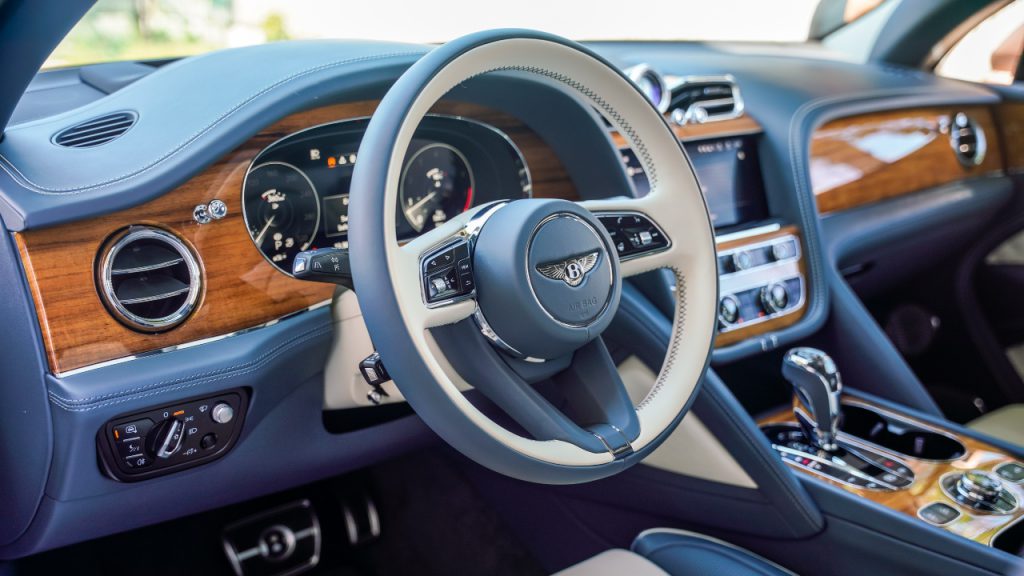
Externally, the changes made to the Bentayga are aimed at giving it a slightly bolder but sleeker demeanour. The front end’s surfaces have a little more vertical emphasis, and this combined with the extension of the grille elements makes it look a little more confident. The headlights have adopted the crystal glass pattern as seen on the Flying Spur and Continental GT. At the back, the longer spoiler, lowered number plate and new, elliptical lights on the tailgate result in a cleaner look.
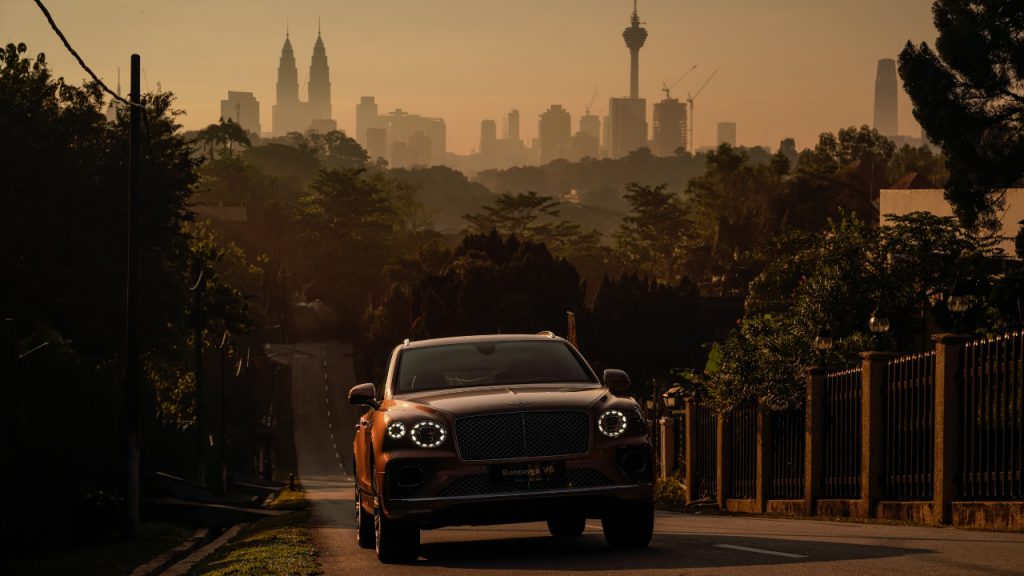
The underlying platform has been largely untouched. The only engine option for now is a V8, like the one introduced in 2018: a twin-turbo 4.0-litre capable of 542 bhp and 770Nm of torque. The W12 will live on in the Bentayga Speed, but both the brand and its customers are clearly comfortable with the more efficient V8 being the core offering – especially since half of those cylinders are deactivated during low-power stretches for even better fuel-saving. It can still send the Bentayga from 0-100 km/h in 4.5 seconds and command a top speed of 290 km/h, which, for a 2.5-tonne vehicle, is still impressive. Bentley’s active anti-roll suspension is back, of course, which means the Bentayga can still be an edgy, fearless cornering machine when the situation – and driver – demands.
It would seem that Bentley is still betting on the Bentley Bentayga, and it seems a pretty safe bet at that. The marque has more in store for its SUV line-up – and aside from the aforementioned W12-equipped Bentayga Speed – an efficiency-focussed plug-in hybrid is also in the works.
